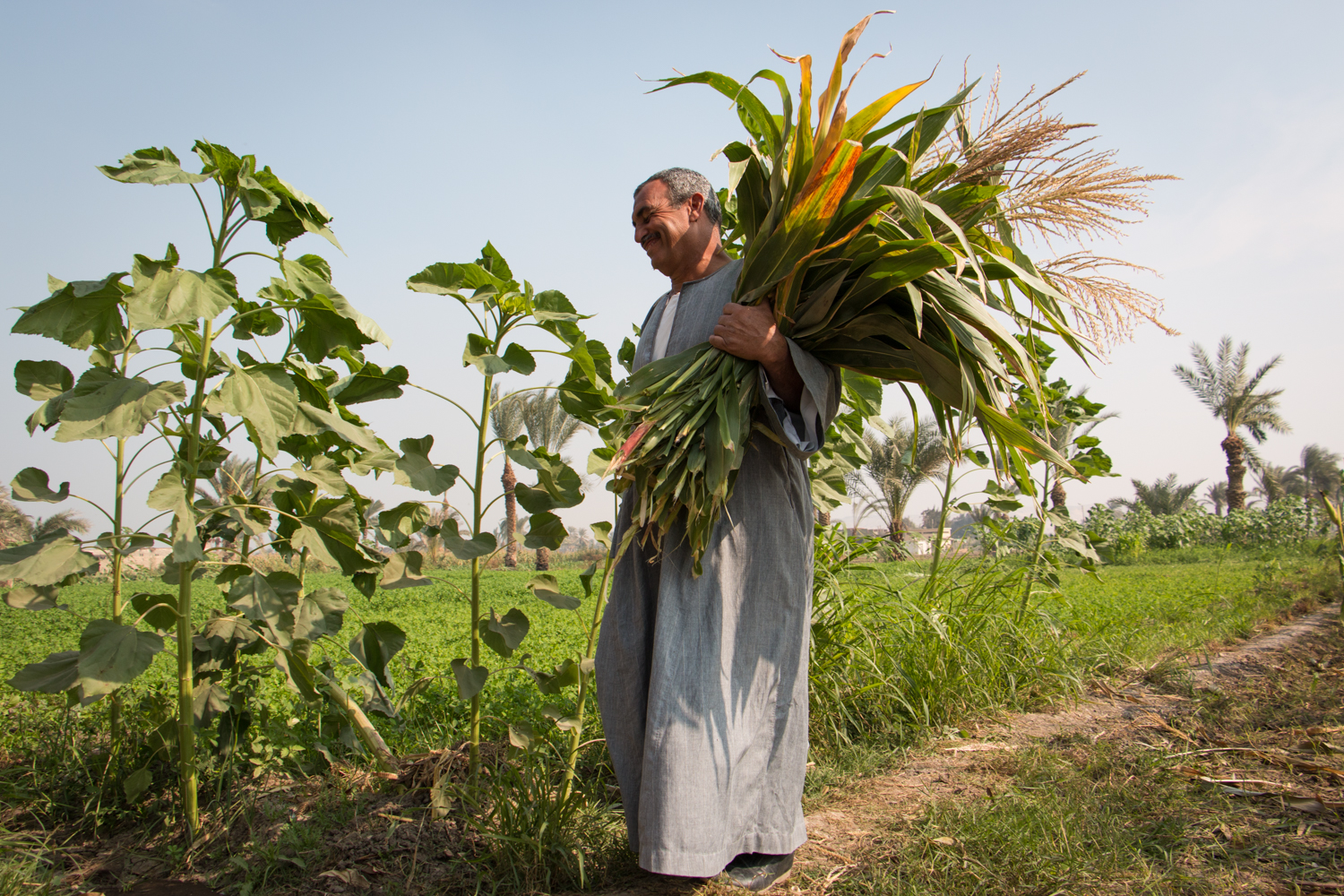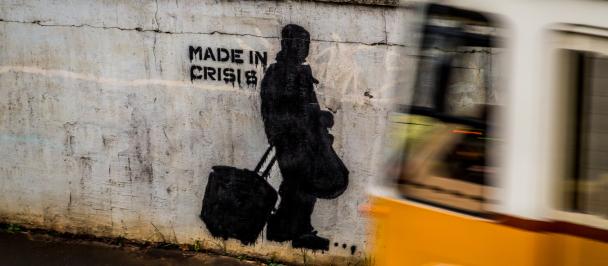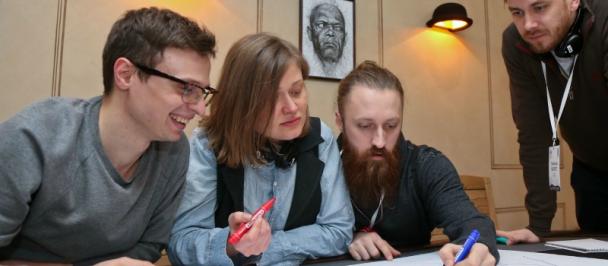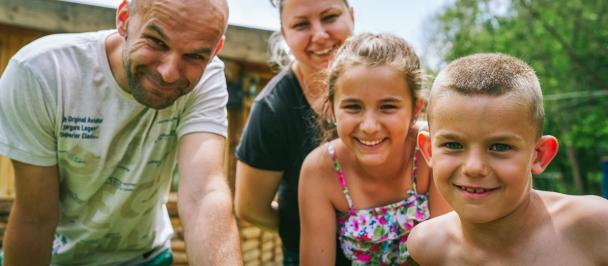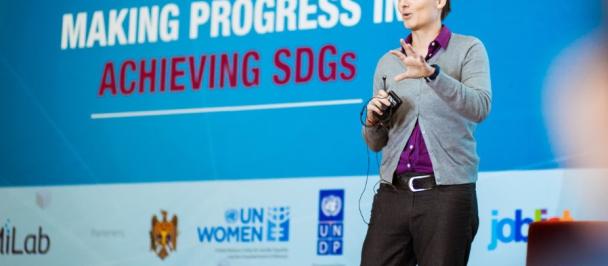Big data for development exploration journey
A survival book for data innovation
October 9, 2018
--- Image caption ---
New data sources are sprouting everywhere, but there’s hardly a place that systemically uses them to make a difference. With that in mind, a group of enthusiasts from UNDP in Eastern Europe and the Arab States regions embarked twenty months ago on a big data for development exploration journey with support from the Government of Denmark.
The idea was to test new sources of data to generate better insights, improve delivery of services, and generate new solutions to persisting development issues.
On the data high seas they were joined by colleagues from the UN Global Pulse who used their experience with big data innovation projects. Then UNV mobilized their online data volunteers. Here is what we've found out;
Kosovo
Can 112 calls be an indicator of growing security and safety trends? The emergency services now have a big data analysis of 22 months’ worth of emergency calls, showing trends in a variety of incidents over time. For instance, calls reporting thefts and burglaries in and around Prishtinë/Priština seem to be on the decline. But complaints about water supply have increased, particularly during the very dry and hot summer of 2015. What’s next? In January 2017, calls will also be mapped geographically through a UNDP crowdsourcing platform.
Tunisia
How can we measure public opinion about corruption in real-time? Tunisia was one of the first countries to begin to nationalize the SDGs. As part of its work on SDG 16 (peace, justice and strong institutions), the team used Twitter keywords to measure public perceptions of corruption. By analysing tweets in the same timeframe as existing household survey data, they established a clear correlation between the two data sources. Social media analysis has thus proven to be useful complementary tool to help Tunisia measure and monitor progress towards the achievement of the SDGs.
Sudan
Can changes in poverty levels be measured more frequently to improve service delivery? The team explored whether electricity consumption and night-time lights from satellite imagery could serve as proxies for measuring poverty levels. Using the same methods as those of the World Bank in Kenya and Rwanda, the team found that the night-time satellite imagery correlation has potential to be a reasonable proxy for poverty, and justifies further investigation and investments.
Armenia
Can mobile phone data improve the provision of services in the tourism industry? The UNDP team worked with a local telecom operator to analyse the travel patterns of tourists within Armenia, based on their roaming telephone usage. The proof-of-concept was successful, and the team is now preparing to analyse a dataset based on a full tourist season, to be shared with both government decision-makers and local businesses to understand and adapt to shifting trends.
FYR Macedonia
Does the way people use their phones say anything about mobility? A Memorandum of Understanding will be signed between UNDP and all the major mobile operators in the country. The system will explore the possibility of tracking cell phone signals and large movements of people to identify their exposure to disasters, air pollution and other occurrences. It will support more informed decision-making to help meet SDG targets in the years to come.
Egypt
Can agricultural and weather data inform irrigation planning and water management? The team established two sources: data collected on an hourly basis from a nation-wide sensor network developed by the Egypt-based Central Laboratory for Agricultural Climate, and data from local and international weather stations. This combination of data, plus the analysis and the visualization of the data, allows for a more effective decision-making process by policy makers.
In running a portfolio of six data experiments across two regions, our teams faced steep learning curves. So to spare you some of the effort, we produced “A Guide to Data Innovation for Development from Idea to Proof-Of-Concept”. An essential survival book for any development practitioner interested in data innovation, it covers things like how to state a problem, how to identify data gaps, or how to map and get stakeholders on board.
As we said, you don’t need to be a data scientist to integrate data into your projects. You can download the Guide here.

 Locations
Locations